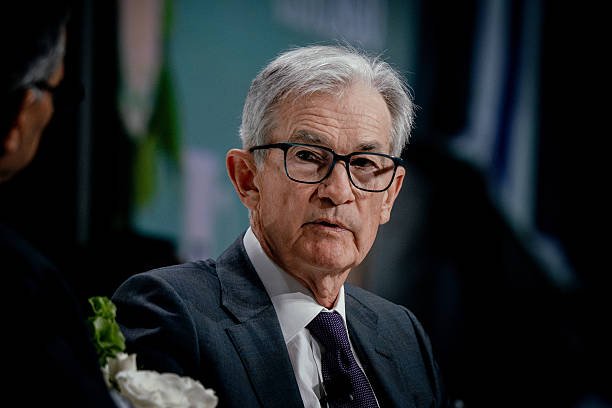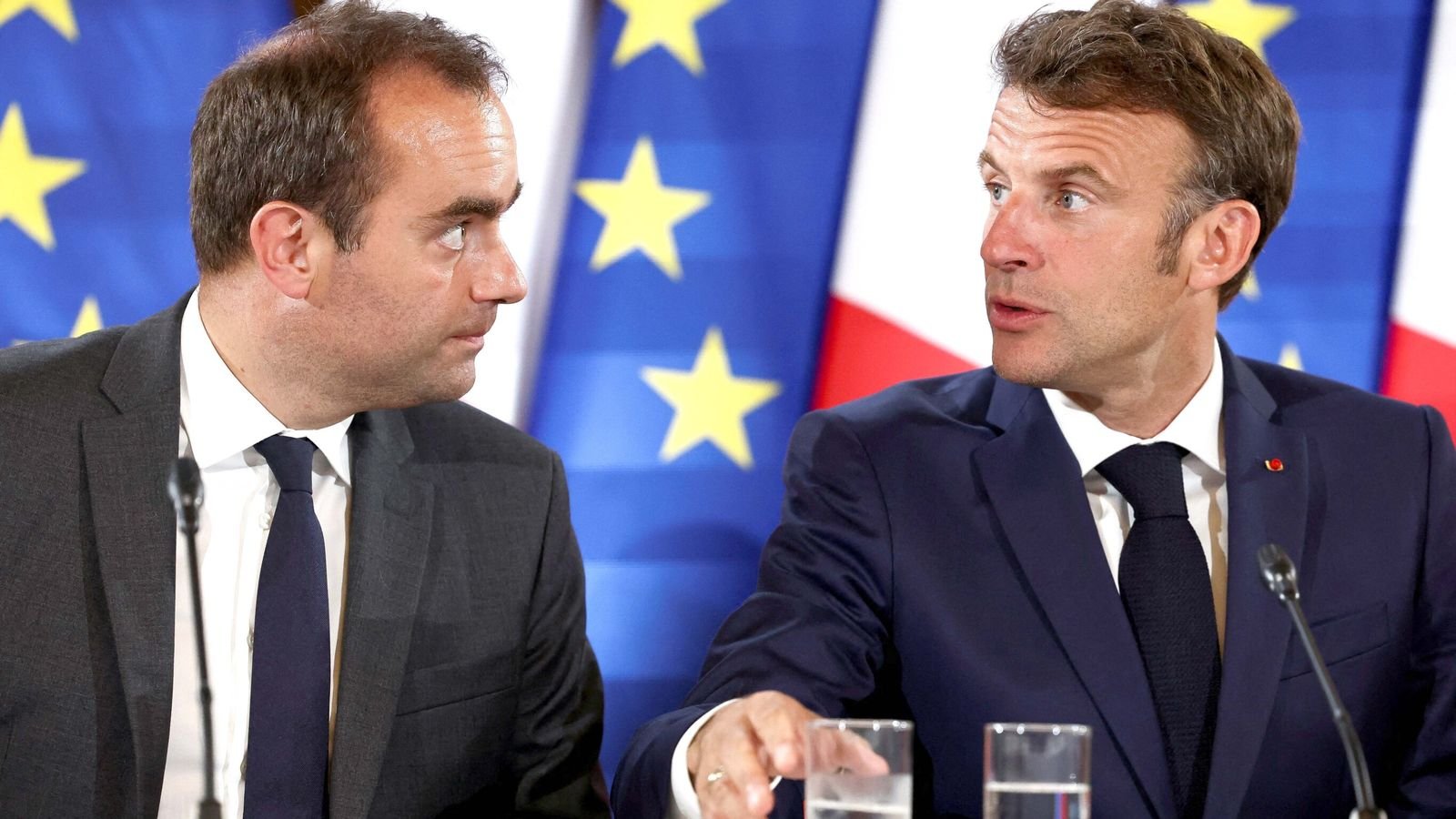The U.S. Federal Reserve cut interest rates by a quarter percentage point on Wednesday, lowering the federal funds target range to 4%–4.25% after five consecutive meetings of holding steady.
The move marks the Fed’s first rate cut since December and comes amid growing concerns about weakness in the U.S. labor market.
U.S. Policymakers justified the decision by pointing to signs of rising risks to employment, even as inflation remains elevated.
In their statement, they noted that the unemployment rate has “edged up but remains low,” adding that “downside risks to employment have risen.”
The Federal Open Market Committee voted 11–1 for the cut, with newly sworn-in Governor Stephen Miran dissenting in favor of a larger half-point reduction. Fed Governors Michelle Bowman and Christopher Waller, who previously dissented in July in favor of a cut, aligned with the majority this time.
The decision reflects a careful balancing act between slowing job growth and persistent inflation pressures. Miran’s dissent underscores divisions within the committee about how quickly to ease policy, especially under heightened political scrutiny.
In updated projections, officials penciled in two additional quarter-point cuts this year, one more than they forecast in June. The committee also anticipates a single cut in both 2026 and 2027, highlighting a gradual but steady easing cycle.
One official went further, projecting rates could fall by another 1.25 percentage points by December, signaling more aggressive easing ahead. Policymakers also upgraded their 2026 growth outlook modestly but forecast slightly higher inflation next year.
U.S. Chair Jerome Powell had hinted at this pivot during his speech at Jackson Hole in August, acknowledging the “shifting balance of risks” to the Fed’s dual mandate of stable prices and maximum employment.
He suggested that evolving conditions could warrant a policy shift, foreshadowing the September move.
Recent data added urgency to that stance, with hiring slowing further in August and U.S. unemployment climbing to 4.3%, the highest in nearly four years. The slowdown marks a clear shift from the tight labor conditions that defined much of 2022 and 2023.
Despite labor market weakness, inflation remains a key concern for Fed officials.
The Fed’s preferred gauge of prices rose 2.6% in the 12 months through July, with another uptick expected when August data is released.
Much of the recent inflation pressure stems from tariffs, as companies pass higher import costs on to consumers.
While some officials worry these effects could linger, others, including Waller and Bowman, argue they are temporary and support faster rate cuts to reach a neutral stance.
The rate decision also comes against the backdrop of intense political pressure. Former President Donald Trump has repeatedly demanded sharper cuts and is pursuing an effort to remove Fed Governor Lisa Cook, raising questions about central bank independence.
Miran, Trump’s latest appointee, was sworn in just hours before the meeting, joining the vote in favor of more aggressive easing. His temporary seat expires in January, though he could remain if the Senate does not confirm a replacement.
Market Reaction
Treasury yields fell and the dollar extended its decline after the announcement, reflecting expectations of looser financial conditions.
The S&P 500 initially rallied but then reversed, underscoring investor uncertainty about the Fed’s balancing act between inflation and employment risks.
With Powell set to hold a press conference in Washington at 2:30 p.m., markets will be looking for clearer signals on the pace of future rate cuts
. Investors remain focused on how the Fed plans to navigate the competing pressures of slowing growth, persistent inflation, and escalating political scrutiny.






















